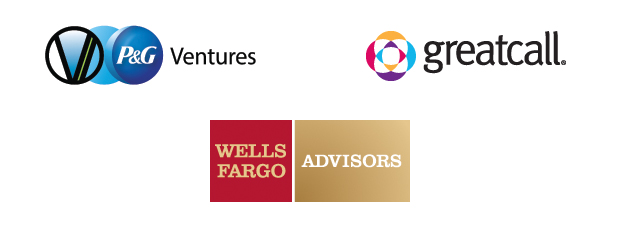AARP Hearing Center
How do we “hack” longevity?
Traditionally, increased longevity has been treated as conceptual and aspirational: “What will you do with an extra 30 years?” But living longer isn’t just a pie in the sky concept; making it happen for an increasing percentage of the population has significant effects on families, work life, and culture.
This latest research, underwritten by AARP with additional sponsorship from P&G Ventures, GreatCall, and Wells Fargo Advisors, and conducted in partnership with The Business of Aging and Collaborata, explores the key inflection points that people face as they enter each new stage of their lives between ages 35 to 80+, and how living longer informs their planning, expectations, and perceptions across domains such as health, finance, social connection, and learning.
Our goal is to provide industries and organizations a frame for these issues that allow them to impact people’s lives in a meaningful and positive way as they are living longer.
Methodology
Hacking Longevity is a quantitative study conducted online using the Research Now consumer panel. A total of 2,917 respondents completed the survey across three generational categories:
- Gen Xers: born between 1965 and 1984 (n=949)
- Boomers: born between 1946 and 1964 (n=1048)
- Seniors: born in 1945 or earlier (n=920)
Fielding was completed between February 2 – February 18, 2018. The data are weighted to the U.S. population by gender and race/ethnicity using U.S. Census figures.
Sponsors
This research was underwritten by AARP with additional sponsorship from


Conducted in partnership with


































































